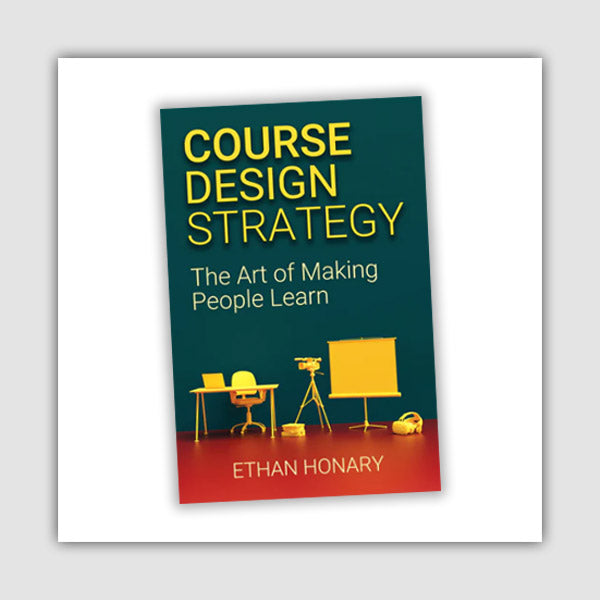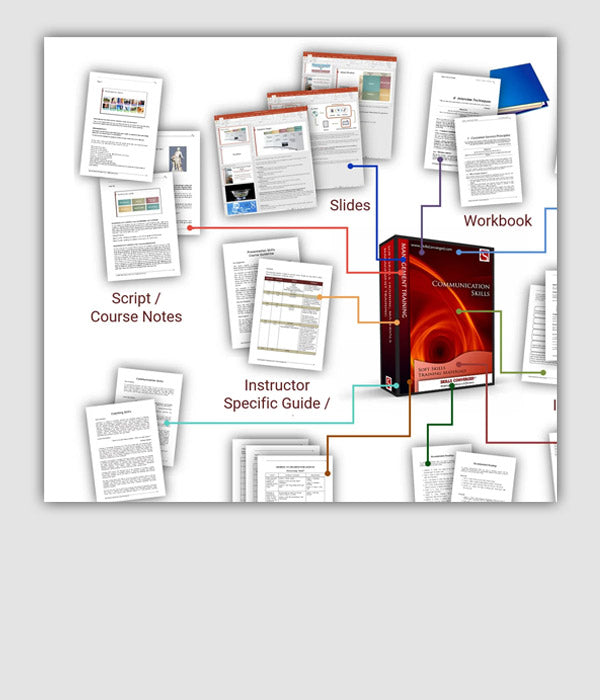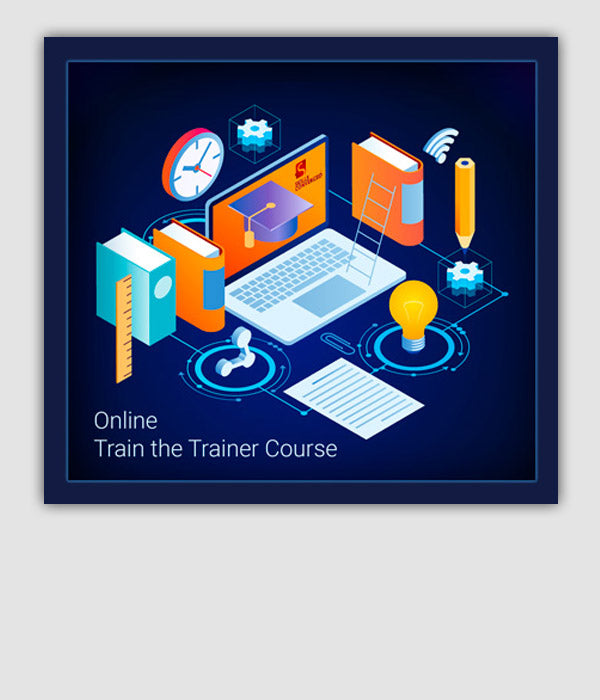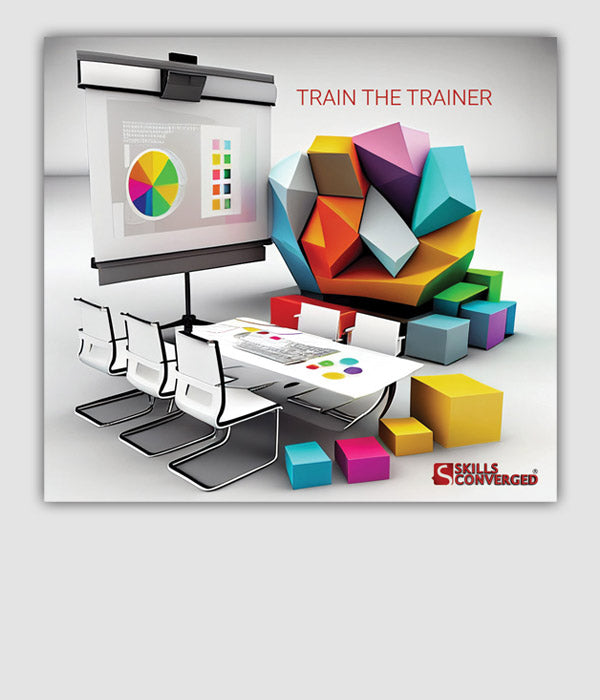Purpose
This exercise simulates high-pressure, chaotic situations where multiple crises occur at once. It helps delegates improve their decision-making and prioritisation skills by requiring them to assess competing priorities and create an actionable plan under time pressure.
Objective
Delegates are divided into small teams and presented with a chaotic scenario involving multiple crises. They will assess the situation and develop a prioritised action plan within a limited time frame. Teams will then debrief, compare their approaches, and reflect on decision-making under pressure.
What You Need
- Crisis Scenario Cards where each scenario contains multiple crises. A sample of these is provided at the end. Consider customising and adding your own scenarios based on the background of delegates, industry and training objective. Here is an example:
Healthcare Crisis
You are managing a hospital ward, and three simultaneous crises hit:
- A major power outage disrupts all non-emergency equipment in the hospital.
- There is an influx of patients from a nearby road accident, overwhelming the emergency room.
- A critical shipment of medical supplies (including oxygen tanks) is delayed, and you are running low.
- Flipchart paper or A4 sheets for each team to write their action plans
- Colour markers for each team
- A timer visible to all class
Setup
- Begin by explaining the importance of decision-making and prioritisation, especially in chaotic, high-pressure situations where managers must handle multiple crises simultaneously.
- Divide the delegates into groups of 3 or 4.
- Present each group with a Crisis Scenario Card. Ensure the scenario given is complex enough to force difficult prioritisation choices.
- Give each group 10 minutes to assess the situation and create a clear, prioritised action plan. Their plan should detail the challenges they face, which crisis they will address first and why, along with the steps they would take for each issue.
- Adjust the length of the allocated time based on the complexity of the scenarios. You want to make delegates feel under pressure, but not so much that they feel there is no point to even give the task a try.
- During the activity, remind groups that they are working under time pressure and that they need to act decisively. Set the timer and make sure everyone can see it. You want to use the timer as a prop to create urgency and pressure.
- Once time is up, bring back everyone together.
- Ask each group to present their action plan, explaining their prioritisation process and decision-making reasoning.
- After all groups have presented, conduct a debrief session to compare and discuss the different approaches to handling the chaotic situation.
Timing
Explaining the Exercise: 5 minutes
Activity: 10 min create prioritised action plan + 20 min team presentations = 30 minutes
Group Feedback: 10 minutes
Discussion
Use the following questions to explore decision-making processes and prioritisation strategies:
- How did your group decide which crisis to address first? What factors influenced your prioritisation?
- Did the time pressure affect your decision-making? How did you manage the urgency while still making thoughtful decisions?
- Were there any disagreements within your group about the best course of action? How did you resolve them?
- How did you balance the short-term, urgent demands with the longer-term, more strategic needs in your action plan?
- Did you notice any differences between your group’s approach and the other groups’ plans? What insights did you gain from those differences?
- How can you apply what you learned from this exercise to real-world crisis management or high-pressure decision-making scenarios?
- What role did communication and collaboration play in your group’s ability to assess the situation and come up with a plan?
Crisis Scenario Cards
Healthcare Crisis
You are managing a hospital ward, and three simultaneous crises hit:
- A major power outage disrupts all non-emergency equipment in the hospital.
- There is an influx of patients from a nearby road accident, overwhelming the emergency room.
- A critical shipment of medical supplies (including oxygen tanks) is delayed, and you are running low.
Retail Chaos
You are the manager of a large retail store, and the following events happen all at once:
- A customer reports that they have been injured in an aisle due to a slip on a wet floor.
- Your POS (point of sale) system crashes during the busiest time of day, leading to long queues and frustrated customers.
- An unexpected delivery arrives and is blocking the loading dock, preventing new shipments from coming in.
Tech Start-Up Meltdown
As a project manager at a tech start-up, you are dealing with multiple crises simultaneously:
- A key developer quits without notice, leaving a critical feature incomplete a week before a product launch.
- A software bug in the current version causes a major client’s system to crash, and they are threatening to pull their contract.
- Your company’s website goes down due to a server issue, just as you are about to open registrations for a major webinar that was heavily advertised.
Hospitality Industry Chaos
You are the operations manager of a hotel, and several crises hit at the same time:
- A water pipe bursts, flooding the main lobby and part of the guest area.
- A high-profile celebrity guest is scheduled to arrive within the hour, and their suite has just been double-booked by mistake.
- A conference event being held in your banquet hall is complaining about a food shortage because the catering order was incorrect.
Manufacturing Plant Breakdown
You are overseeing a manufacturing plant when the following occur simultaneously:
- A key machine breaks down during peak production, causing a halt in the assembly line for an urgent client order.
- A safety incident is reported in another part of the plant, where an employee was injured.
- An unexpected regulatory inspection team arrives, demanding access to compliance records, which are disorganised due to recent staffing changes.
School Crisis
It is the week of final exams at a large school, and suddenly:
- A severe weather alert has been issued, threatening to disrupt the entire exam schedule.
- The school’s IT system crashes, making it impossible for students to access critical online resources and exam papers.
- Two teachers overseeing key subjects are absent due to illness, leaving no substitute available to supervise exams or final grading.
Film Production Crisis
You are in the final month of filming for a high-budget movie, and suddenly:
- The lead actor is injured on set by breaking an ankle and needs medical attention, potentially halting production.
- A prestigious museum in Europe that was booked to film a key scene, and that has been highly promoted in marketing the movie, will no longer be available. It is considered high-risk due to the nature of irreplaceable tressures there.
- Meanwhile, the production company has announced budget cuts, and you must immediately reduce costs while maintaining quality.
Games Launch Disaster
Your studio is 24 hours from launching a highly anticipated AAA game, but suddenly:
- There is report on the net that the company servers have been hacked and the entire source code of the new game has been leaked and made available online in the darknet.
- A critical game-breaking bug is discovered in the final version, risking player data save corruption.
- The famous star actor behind the game’s main protagonist, cannot attend the lavish launch event of the game due to serious food poisoning.
Soft Skills Training Materials
Get downloadable training materials
Online Train the Trainer Course:
Core Skills
Learn How to Become the Best Trainer in Your Field
All Tags
Training Resources for You

Course Design Strategy
Available as paperback and ebook

Free Training Resources
Download a free comprehensive training package including training guidelines, soft skills training activities, assessment forms and useful training resources that you can use to enhance your courses.

Our Comprehensive Guide to Body Language

Train the Trainer Resources
Get Insights - Read Guides and Books - Attend Courses
Training Materials
Get downloadable training materials on: Management Training, Personal Development, Interpersonal Development, Human Resources, and Sales & Marketing














1 comment
NINA MUNCHERJI
Thanks for the wonderful exercise on decision-making in crises. It was really helpful, and the participants enjoyed it.
Leave a comment
All comments are moderated before being published.
This site is protected by hCaptcha and the hCaptcha Privacy Policy and Terms of Service apply.